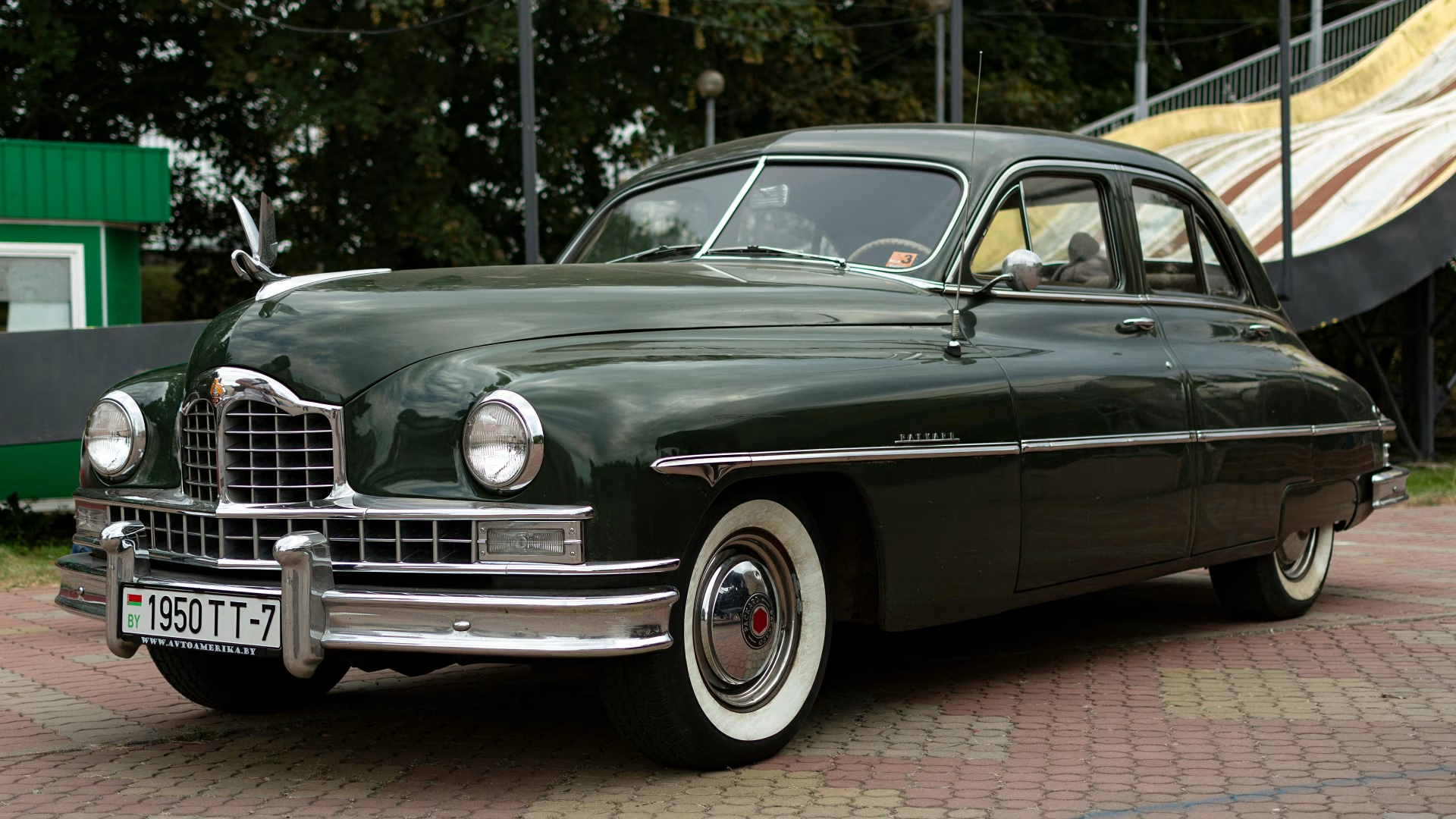Packard: "Ask the Man Who Owns One"
For nearly half a century, the name Packard was the undisputed global benchmark for automotive luxury and engineering excellence. It was more than a car; it was an institution, the chosen conveyance of presidents, Hollywood royalty, and titans of industry. The company's quiet, confident slogan, "Ask the Man Who Owns One," was a testament to a level of quality and owner loyalty that was the envy of the world. From the silent, powerful engines of the Classic Era to the groundbreaking innovations of the 1950s, the story of Packard is the story of the rise and tragic fall of the true Standard of the World.
The Genesis: A Dissatisfied Customer Builds a Better Car
The Packard story famously begins with a complaint. In 1899, in Warren, Ohio, USA, a successful electrical engineer named James Ward Packard purchased a new Winton automobile and found it unreliable. When he offered design suggestions to Alexander Winton, he was arrogantly dismissed. Annoyed, Packard, along with his brother William Doud Packard, famously declared, "we can build a better machine," and founded the Packard Motor Car Company. Their first car was an immediate success, and the company quickly established a reputation for superior engineering and quality that would define it for the next 50 years.
Core Philosophy: Uncompromising Quality and Engineering Leadership
Packard's core philosophy was simple: to build the finest motorcar in the world, without compromise. This was not a marketing slogan; it was an engineering mandate. Packards were famous for their massive, powerful, and uncannily silent engines. The silky-smooth Twin Six V12 of the 1910s and the legendary Twelve of the 1930s were masterpieces of engineering that cemented the brand's position at the absolute pinnacle of the market. This obsession with quality extended to every component, from the robust chassis to the hand-finished coachwork. Owning a Packard was a statement of discerning taste and an appreciation for true, lasting quality.
The Golden Age: The Roaring Twenties and the Classic Era
The 1920s and 1930s were the golden age for Packard. While others competed on price, Packard competed on prestige, and it dominated the fine car market in America.
The Boss of the Road: The Straight-Eight and the Twelve
Throughout the Roaring Twenties, Packard's lineup of powerful and reliable Straight-Eight cars made it the best-selling luxury brand in the world. But it was during the depths of the Great Depression that Packard produced its ultimate masterpieces. The Packard Twelve (1932-1939) was a colossal automobile of breathtaking beauty and silent, effortless power. These cars, often fitted with stunning custom bodies from coachbuilders like LeBaron and Dietrich, are considered the absolute zenith of the American Classic Car era. They were, in every sense, rolling works of art for the world's elite.
The Clipper: A Glimpse of the Future
In 1941, Packard introduced a car that would change automotive design forever. The Packard Clipper was a stunningly modern design, wider than it was tall, that seamlessly blended its fenders into the body. This "envelope" style was a radical departure from the pre-war look and became the template for nearly every car designed in the post-war era. It was a beautiful, advanced, and incredibly important car.
The Post-War Struggle and a Final Flash of Brilliance
The automotive landscape after World War II was vastly different, and Packard struggled to find its place. However, in a final, brilliant act, the company produced one of the most technologically advanced cars of the decade.
Torsion-Level Ride: The Last Great Innovation
In 1955, Packard introduced its final, all-Packard-designed lineup. These cars, including the stunning Caribbean convertible, were not only powerful and stylish, but they also featured a revolutionary new suspension system. The Torsion-Level Ride was an interconnected, electronic torsion bar suspension that provided a fantastically smooth and level ride, automatically compensating for load. It was arguably the most advanced chassis in the world at the time, a final testament to Packard's engineering genius.
The Merger and the End of a Legacy
In 1954, in a bid for survival, Packard merged with the struggling Studebaker Corporation. The merger proved disastrous for Packard. Production was moved to South Bend, and the final 1957-58 models were derisively nicknamed "Packards" â little more than badge-engineered Studebakers. It was an ignominious end for a once-great marque. The Packard name, once the global standard for luxury, was retired in 1958.
Today, the classic Packards of the 1920s, 30s, and 40s are among the most prized and sought-after collector cars in the world. They stand as a silent, beautiful testament to a time when an American company, through its unwavering commitment to quality and engineering, truly was the best in the world.
